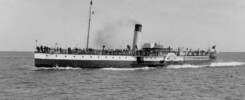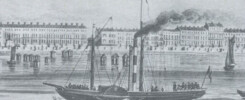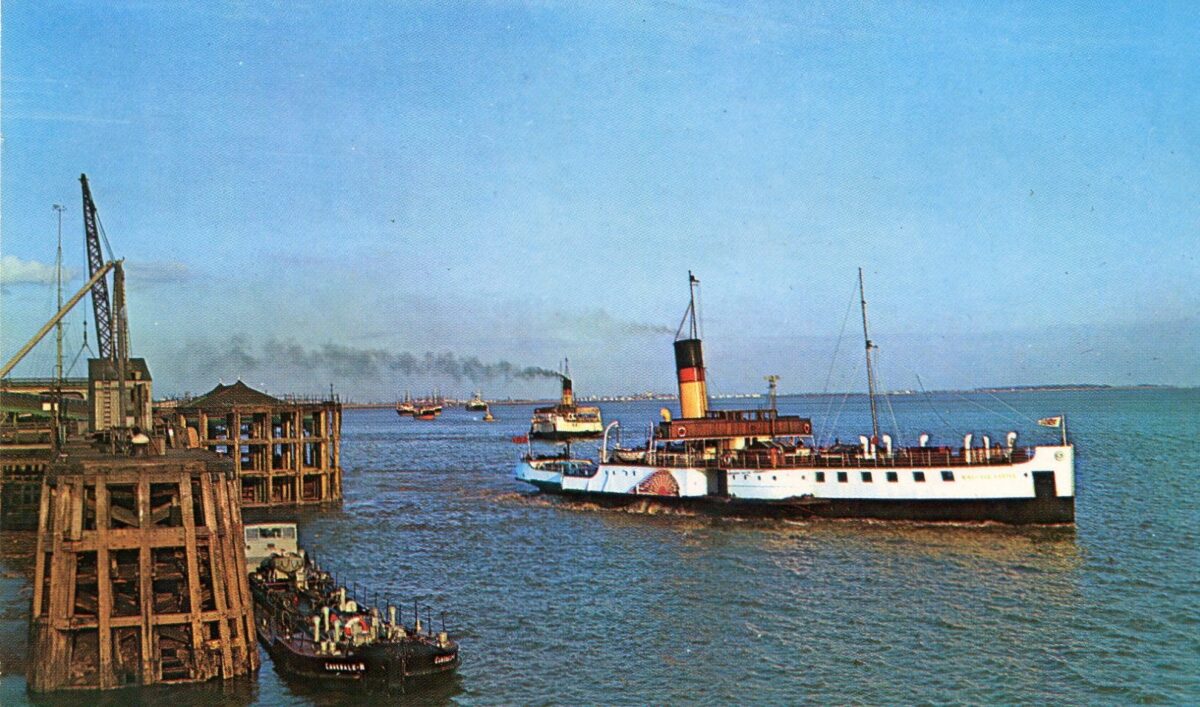
It was generally the pattern for two of the Humber paddle steamers Tattershall Castle, Wingfield Castle and Lincoln Castle to be engaged on the ferry service between Hull and new Holland throughout the year on weekdays and one on Sundays. The third provided extra relief on the service at busy times, was available to cover breakdowns and so on as well as being rostered for some excursions and charter work in summer. In winter one after another of the three took their turn to go off for their annual dry-docking, refit and Board of Trade surveys at Hull.
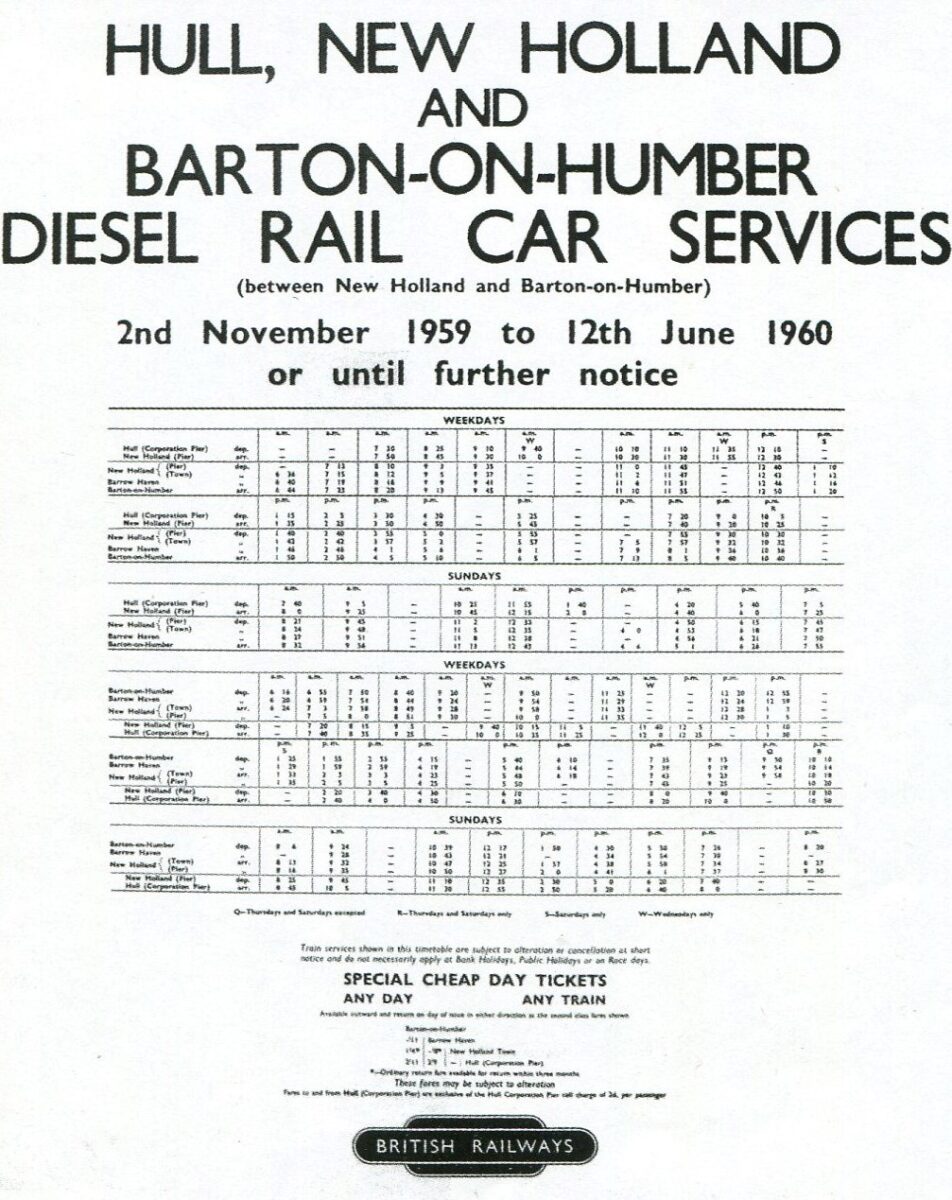
On Monday 8th February 1960 the first boat out from Hull was scheduled to be at 7.30am due into New Holland at 7.50am. The first boat out from New Holland was at 7.20am due into Hull at 7.40am.
There were further departures from Hull during the day at 8.25am, 9.10am, 9.40am (Wednesdays only), 10.10am, 11.10am, 11.35am (Wednesdays only), 12.10pm, 1.15pm, 2.05pm, 3.30pm, 4.30pm, 5.25pm, 7.20pm, 9pm and 10.05pm (Thursdays and Saturdays only). That’s roughly speaking a basic hourly service throughout the day up to 5.25pm when if you had missed that boat you would have had to wait for nearly two hours for the next one. There must have been a bit of pressure on the captain on that sailing if he was about to cast off at 5.25pm and saw a gaggle of slightly late regulars racing down the pier towards his ship knowing that he would face their wrath later if he sailed without them.
Departures from New Holland were at 7.20am, 8.15am, 9.05am, 9.40am (Wednesdays only), 10.15am, 11.05am, 11.40am (Wednesdays only), 12.05pm, 1.10pm, 2.20pm, 3.40pm, 4.30pm, 6.10pm, 8pm, 8.40pm and 10.30pm (Thursdays and Saturdays only).
So the last boat left Hull for New Holland at 9pm except on Thursdays and Saturdays when there was a later one at 10.05pm. The last boat left New Holland for Hull at 9.40pm except Thursdays and Saturdays when it was 10.30pm.
One of the paddle steamers lay overnight at Hull ready to take the first sailing out at 7.30am. The other two spent the night at New Holland. Some of the crew lived on the south side of the Humber. Others lived in Hull and elsewhere north of the river. The crew accommodation on all three of these ships was limited and pretty basic. The captain had a chart room and cabin on the promenade deck under the wheelhouse. The mate, chief engineer and chief steward had tiny cabins located in the lower deck saloon with the rest of the of the crew having space up in the bow. However where possible the rosters were arranged to try to get the crew working aboard the paddle steamer overnighting at Hull to be Hull based and similarly the crew on the one finishing and starting the next day at New Holland to be based on the south shore of the river. But it didn’t always work out like that.

There may be those who might think that sailing on such a roster of a twenty minute run between two piers umpteen times a day every day throughout the week and throughout the year on a paddle steamer might become a bit, well, samey. But I would disagree. For those who love such things it can be a constant delight, challenge and learning curve.
There is a 7.3m rise and fall of tide on the Humber for spring tides and 5.8m at neaps. On every berthing throughout the day the tide would have been different at each pier in its height, its speed and its direction. The vagaries of tides setting you on or off any one pier at different stages throughout the tidal cycle is an encyclopaedic study with all the multiplicity of nuances and ever so slightly different variations that can occur throughout the tidal cycle.
Then there is the wind which will be of different strengths during the day and close to the shore may also sometimes be blowing in different and seemingly contrary directions. I remember the first time I took KC into the Pool of London noticing that the flags at the top of HMS Belfast’s masts were showing the wind to be from the south west but where her ensign was flying in the stern it was showing that the wind there was from the north west. Of the three Humber ferries Lincoln Castle had a slightly smaller draught than the other two which made her more susceptible to being blown by the wind when berthing. Because of this she was the least favourite of the three to command amongst some of the captains. .
Tides can generally be very helpful for ship handling but sometimes at certain states of the tidal cycle on certain piers they can be a real challenge. And getting alongside a pier with no tide running on it can be very hard if the wind is fresh and blowing you off. Easy-peasy if the the wind is blowing you on when the the challenge then is to try not to land too heavily. For me this is an endlessly fascinating subject to study.
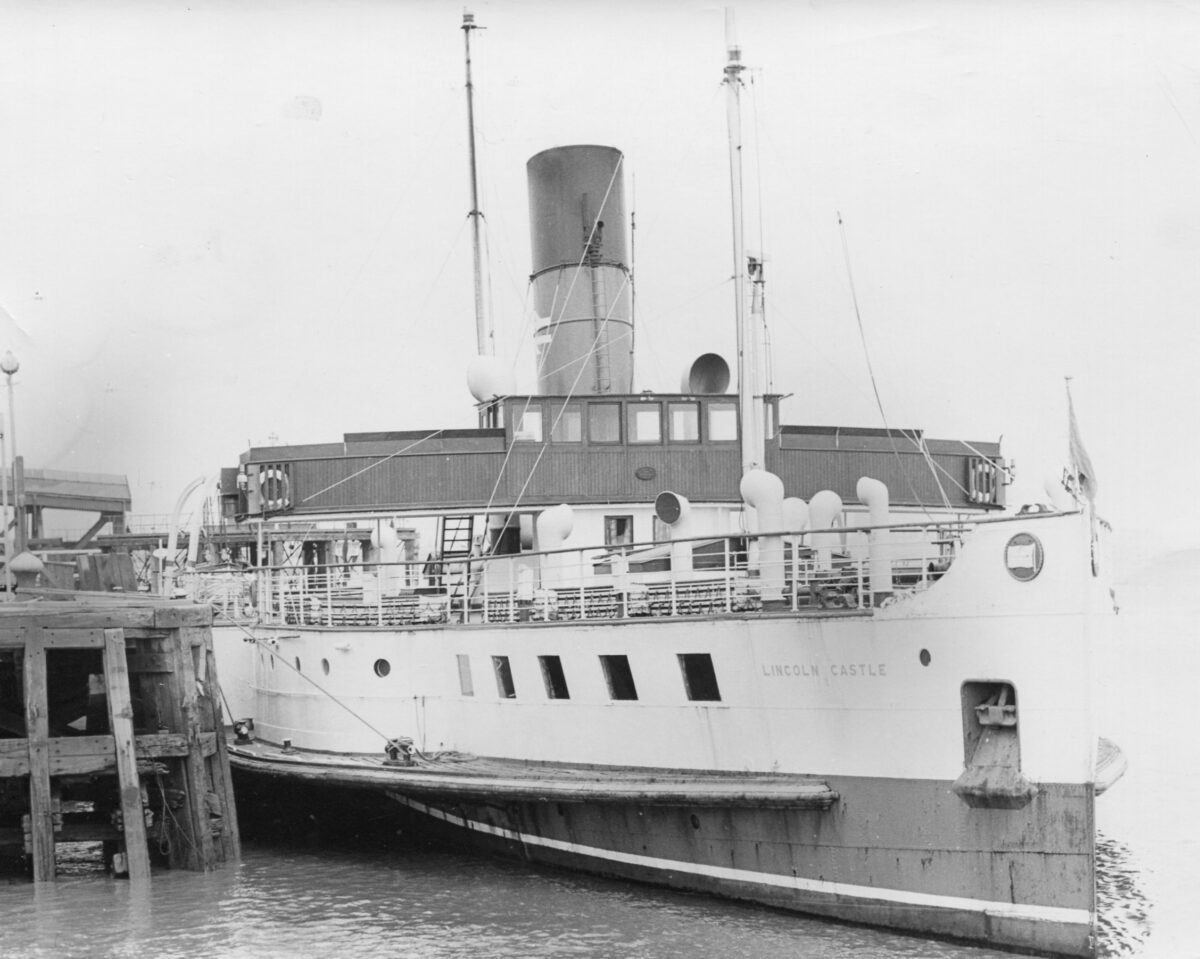
The complexity of all this was well understood by those who operated these three paddle steamers on the Humber at the time. Captain Arthur Harvey, who commanded all three of the paddlers in the period from 1953 to 1979, recalled that after serving as second mate and later mate on the British Railways Dover, Channel Islands and Isle of Wight routes he applied for a job as master on the Humber. He then had to spend a whole month shadowing the experienced masters on the route before he was passed out to join their roster and take command himself.
Tides run roughly speaking an hour or so later every day for a fortnight by which time they have come back to starting the next fortnightly cycle at about the same time of day once again. So in his month aboard watching the experienced masters handling the paddle steamers Captain Harvey would have seen exactly the same tidal pattern at exactly the same time of day on any one pier only twice in his thirty days of watching.
When I first started with KC there was nobody to teach me about the Medway tides. I had to pick it all up as I went along and a very steep learning curve it was too. To take just one example. Strood Pier was easy-peasy to get alongside on a flood tide but could be hard to get off particularly when the wind was in the SW and blowing. On the ebb it was a completely different story with the variations changing by the minute. Shortly after high water there was a good ebb on the pier. Then as the ebb picked up strongly in the centre of the river the ebb on the pier died away and started to turn into a back eddy producing a flood of varying intensity.. This could be quite strong at times which presented a real challenge for berthing with the situation not helped by a drain for rain water running off the adjacent roads coming out just north of the pier and joining with this back eddy and so increasing its strength after rain. Winds from the east also exacerbated this effect.
So I quite see the logic of the Humber ferry management insisting that new paddle steamer captains had to spend at least one month aboard the ships just getting to know all these subtle variations before they were passed out to take command themselves.
Kingswear Castle returned to service in 2023 after the first part of a major rebuild which is designed to set her up for the next 25 years running on the River Dart. The Paddle Steamer Kingswear Castle Trust is now fund raising for the second phase of the rebuild. You can read more about the rebuilds and how you can help if you can here.
John Megoran
This article was first published on 8th February 2021.

